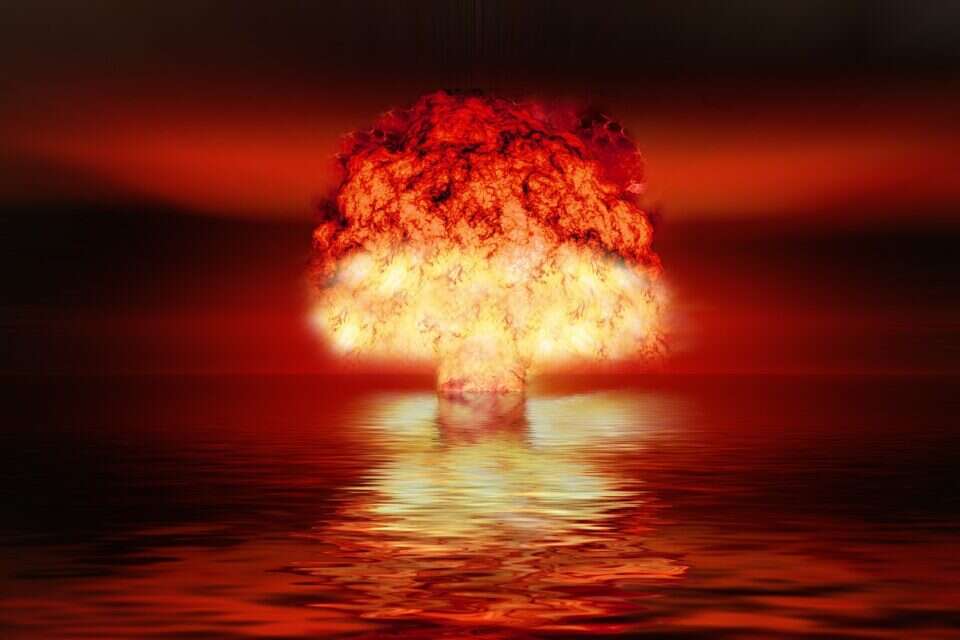We often feel as if our lives are controlled by forces several orders of magnitude greater than us, without any control.
But what if our smallest actions had an unexpected effect - not only on our lives, but on our entire environment?
This is what the researcher and lecturer Brian Klass tries to claim in his book "Fluke", which analyzes how chaos theory - or as it has been known for the last twenty years: the "butterfly effect" - reveals how almost random everyday decisions shape huge waves of events.
Klaas gives examples of various tiny moments that changed history.
For example, the "Arab Spring" is known to have been sparked after a desperate Tunisian fruit seller set himself on fire;
Donald Trump's political rise was due, at least according to a common theory in the American media, from an attempt to take revenge on Barack Obama, who laughed at him at the White House Correspondents' Dinner in 2011;
Even the corona epidemic started - and it doesn't matter if it was created on purpose or not - from an accidental infection in the city of Wuhan.
According to him, all of these demonstrate the theory of chaos - the idea according to which tiny actions give rise to huge consequences, like the flapping of a butterfly's wings causing a hurricane in another part of the world.
A fairly successful proof of this theory comes from meteorologist Edward Lorenz, who served as a forecaster for the US Air Force to select perfect, cloudy moments for airstrikes against Japan.
After trying to speed up reruns of models by manually entering data from the previous experiment, he found that differences of fractions of a percent that he hadn't bothered to enter led to completely different results in the prediction patterns.
Klass claims that humanity obeys the same fickle physics, where a tiny difference ends up changing the whole world.
According to the "sand pile model" of chaos theory, complexity breeds fragility.
Just as a huge pile of sand may eventually collapse from a single grain of sand being added to it, so today's vast human population may change due to a single person - especially in light of the ever-increasing interconnections thanks to the Internet.
Our brains evolved to decipher linear cause and effect, not convoluted domino effects.
Therefore, we tend to look for order and logic in the dizzying pace of change in a world of 8 billion people.
Simplistic models perform "noise reduction" - that is, ignoring the common people and focusing on the more "important" ones, close to power and power - to analyze general trends and major events.
But the truth is that many of the great events stem from the actions of those small people.
One such was Henry Stimson, an American who went on vacation in Japan in 1926. He had a great time on this vacation, and really fell in love with the city he arrived in - Kyoto.
Almost two decades later, he served as US Secretary of War during World War II when the decision was made to drop an atomic bomb on Kyoto. Stimson strongly opposed the decision, going as far as President Truman to convince him to drop it on another target. 100,000 Japanese were killed in Hiroshima instead of Kyoto Thanks to Stimson's summer vacation.
were we wrong
We will fix it!
If you found an error in the article, we would appreciate it if you shared it with us

